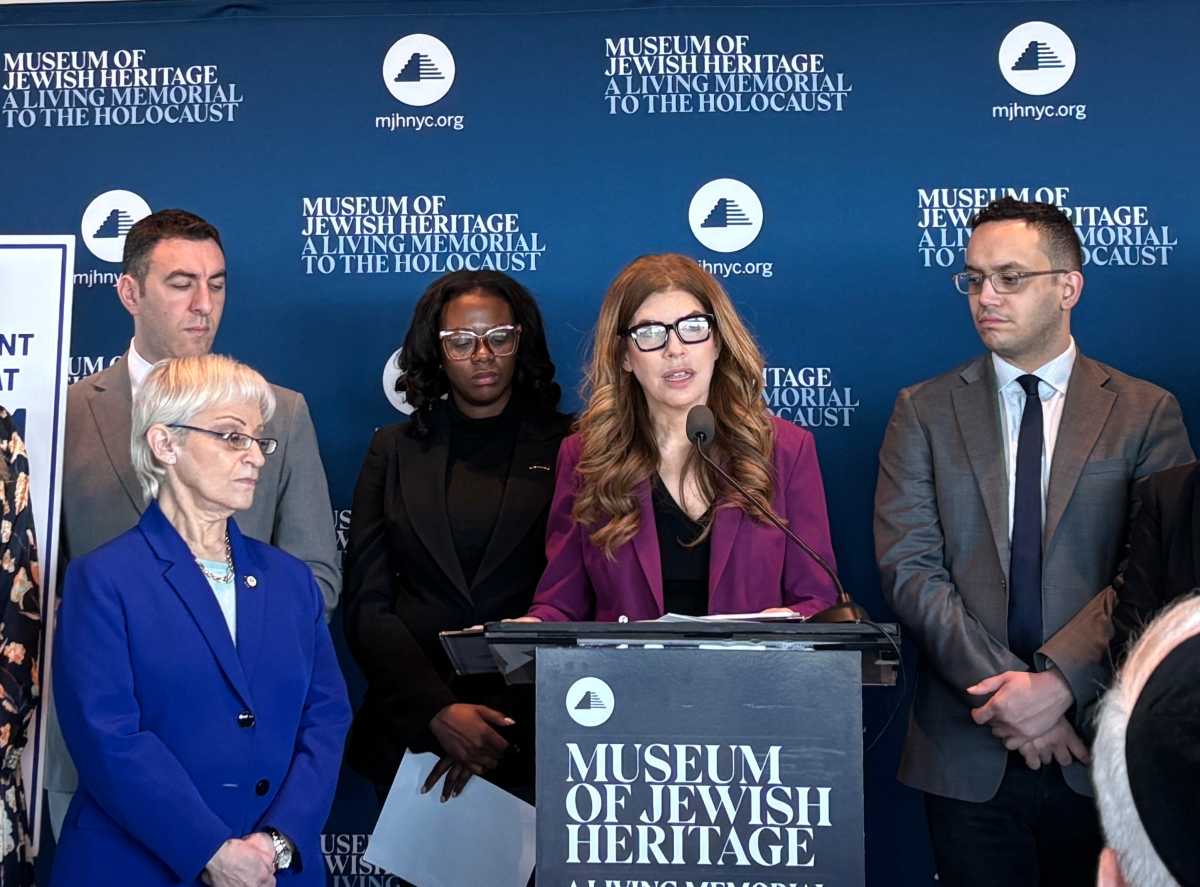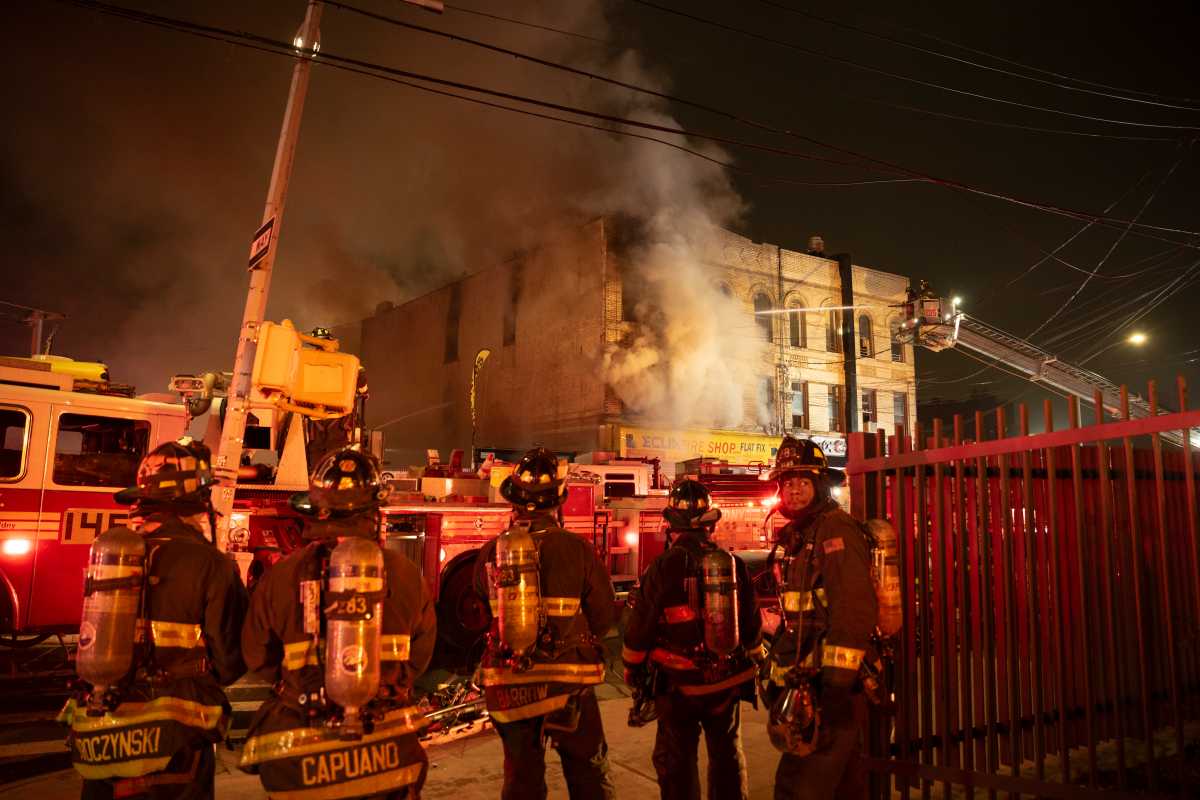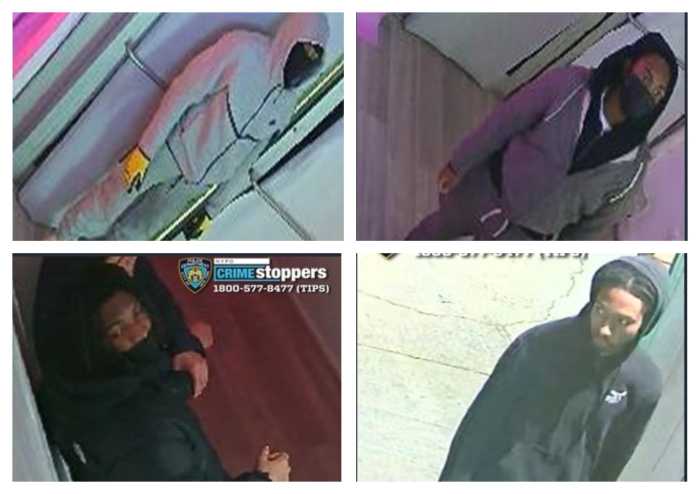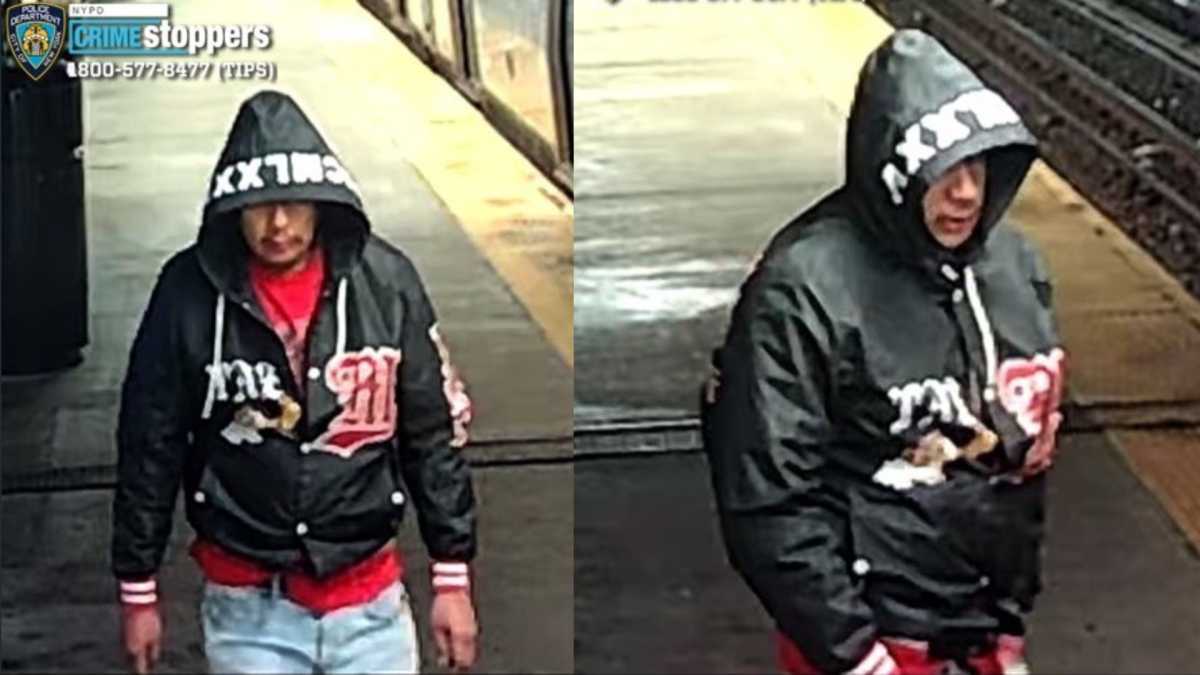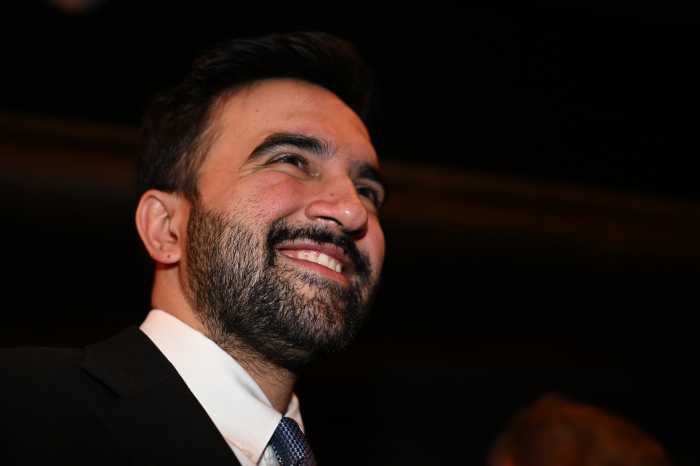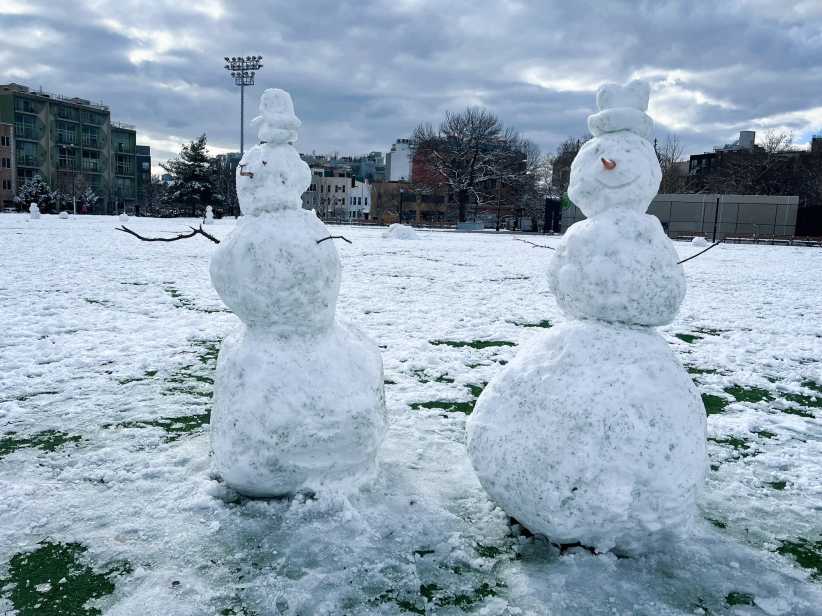By Christina Santucci
More than 10 years after the terrorist attack on the World Trade Center, a Queens lawmaker and representatives from both the city’s Police and Fire departments praised the passage of a law they said would help first responders coordinate their efforts during emergencies like 9/11.
The legislation, signed into law by the president last week, dedicates so-called spectrums — or airwaves — for a high-tech nationwide network for first responders and mandates that up to $7 billion in funding from the sale of other airwaves to pay for the creation of the network.
“There is underutilized bandwidth right now that is not being used. It’s going to be sold,” U.S. Rep. Joseph Crowley (D-Jackson Heights) told a news conference outside a Woodside firehouse Monday morning.
Spectrum refers to airwaves that allow for the transmission of wireless signals. Officials estimated that the new network would begin to come online within two to three years. The airwaves that will be sold to wireless companies are owned by broadcasters and the government has its own holdings, which will create the first responders network.
“This is not your great-grandmother’s radio,” Crowley said of the new planned network.
Officials said that on Sept. 11, 2001, first responders faced difficulties in coordinating their actions because each agency used its own communication network.
“What we learned on 9/11 was that too many firefighters and police officers could not communicate with each other because their radios simply did not work with each another,” he said. “They went into buildings where they had less of a chance of escape because of the inability to have inoperability between their respective radios.”
Deputy Police Chief Charles Dowd said the new network would revolutionize the way emergency responders communicate with one another, particularly when responders are sent to other parts of the country following major disasters like Hurricane Katrina.
“Once you step outside your own region, your communications capability up until now was effectively non-existent,” Dowd said. “This nationwide system, once it gets built, will completely change that.”
FDNY Chief of Communications Robert Boyce said the planned network would also assist firefighters in New York City. Fire officials could send building blueprints to the scene of fires.
“I think this is going to be one of the most significant events in U.S. public safety communication history,” Boyce said.
Crowley explained that legislation was embedded in the Middle Class Tax Relief and Job Creation Act of 2012, which contains language that sets aside the spectrum — the government’s D-Block — for the first responder network and authorizes the Federal Communications Commission to conduct auctions forunused broadcast and other spectrum. Crowley estimated that in total the auctions would raise $25 billion.
The technology for the new first responder network is similar to that of a cell phone provider network.
“The same way if you went to Chicago, you don’t think about whether your cell phone would work. You know it would work,” Dowd said.


